
Oudewater is a municipality and a town in the Netherlands.

Malle is a municipality located in the Campine region of the Belgian province of Antwerp. The municipality comprises the villages of Oostmalle and Westmalle. In 2021, Malle had a total population of 15,620. The total area is 51.99 km2.

The Ernst-Kirchweger-Haus (EKH) is a self-managed social centre in Vienna's 10th district, Favoriten. It was squatted in 1990 and legalised in 2008. The project is named after Ernst Kirchweger.
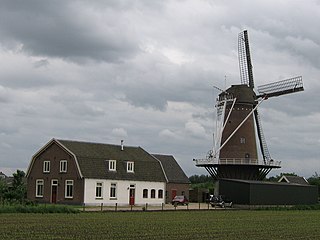
Werkhoven is a town in the Dutch province of Utrecht. It is a part of the municipality of Bunnik, and lies about 5 km east of Houten. Castle Beverweerd is located on the other side of the river.

Linschoten is a village in the Dutch province of Utrecht. It is a part of the municipality of Montfoort, and lies about 3 km southeast of Woerden.

Renesse is a village in the Dutch province of Zeeland. It is a part of the municipality of Schouwen-Duiveland, and lies about 28 km west of Hellevoetsluis.

's-Gravesloot is a former hamlet and municipality in the Dutch province of Utrecht. It was located between Kamerik and Woerden.
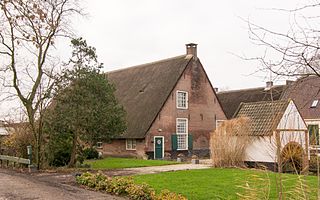
Wulverhorst is a former municipality in the Dutch province of Utrecht. It was located south of Woerden. Wulverhorst was a separate municipality between 1818 and 1857, when it was merged with Linschoten. The area is now a part of Montfoort as well as Woerden.
Tempel, also known as De Tempel, is a former municipality and former manorial estate in the Dutch province of South Holland. It was located about 3 km southwest of the center of the current village of Berkel en Rodenrijs.

De Haar Castle is located in Utrecht, Netherlands. It is the largest castle in The Netherlands.

Snežnik Castle is a 13th-century castle located in the southwest part of the Lož Valley near the settlement of Kozarišče in the municipality of Loška Dolina, Slovenia. Its name is coincidentally identical to a univerbation based on the Slovene word sneg 'snow', but is actually a Slovenized form of the name of the noble house of Schneberg, whose possession it initially was. The Schnebergs were followed by the houses of Lamberg, Eggenberg, Lichtenberg, and Schönburg-Waldenburg.

Zante Manor is a manor house in Zante, Zante Parish, Tukums Municipality in the Courland region of Latvia. In 1925 it became a school building. From 1953 to 1963 the manor housed the Zante secondary school, but it now houses the Zante primary school.

Philipsburg Manor was a manor located north of New York City in Westchester County in the Province of New York. Netherlands-born Frederick Philipse I and two partners made the initial purchase of land that had been part of a Dutch patroonship owned by Adriaen van der Donck. Philipse subsequently bought his partners out and added more land before being granted a royal charter in 1693 for the 52,000 acres (21,000 ha) estate, becoming its first lord.
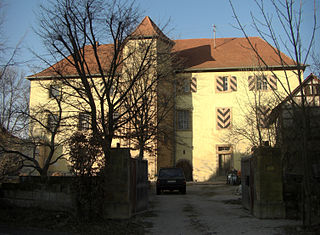
Schloss Ermreuth is a manor house (Rittergut) in the Upper Franconian village of Ermreuth in the municipality of Neunkirchen am Brand. The three-storey hipped roof building was owned by various Franconian noble families in the Middle Ages and Early Modern Period. From 1926 the estate was used as a meeting point and training establishment for leading Nazis and, since 1980, has been the residence of right-wing extremist, Karl-Heinz Hoffmann.
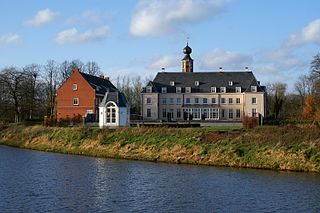
Nieuw-Herlaer Castle is a manor in Sint-Michielsgestel, the Netherlands. It contains a tower which was part of the preceding castle.

Schaloen Castle is a castle in Oud-Valkenburg in the South Limburg municipality of Valkenburg aan de Geul in The Netherlands. The castle is a national monument. Together with the Johannes de Doperkerk and Genhoes, it is part of the protected face of Oud Valkenburg. It is also part of the Buitengoed Geul & Maas.
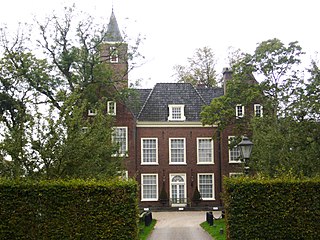
Binckhorst Castle is a 16th and 17th century manor built on top of a demolished medieval castle.

Moermond Castle is a castle in Renesse on Schouwen-Duiveland.

Hellenburg is a ruined castle near Baarland, in Zeeland, Netherlands.



















